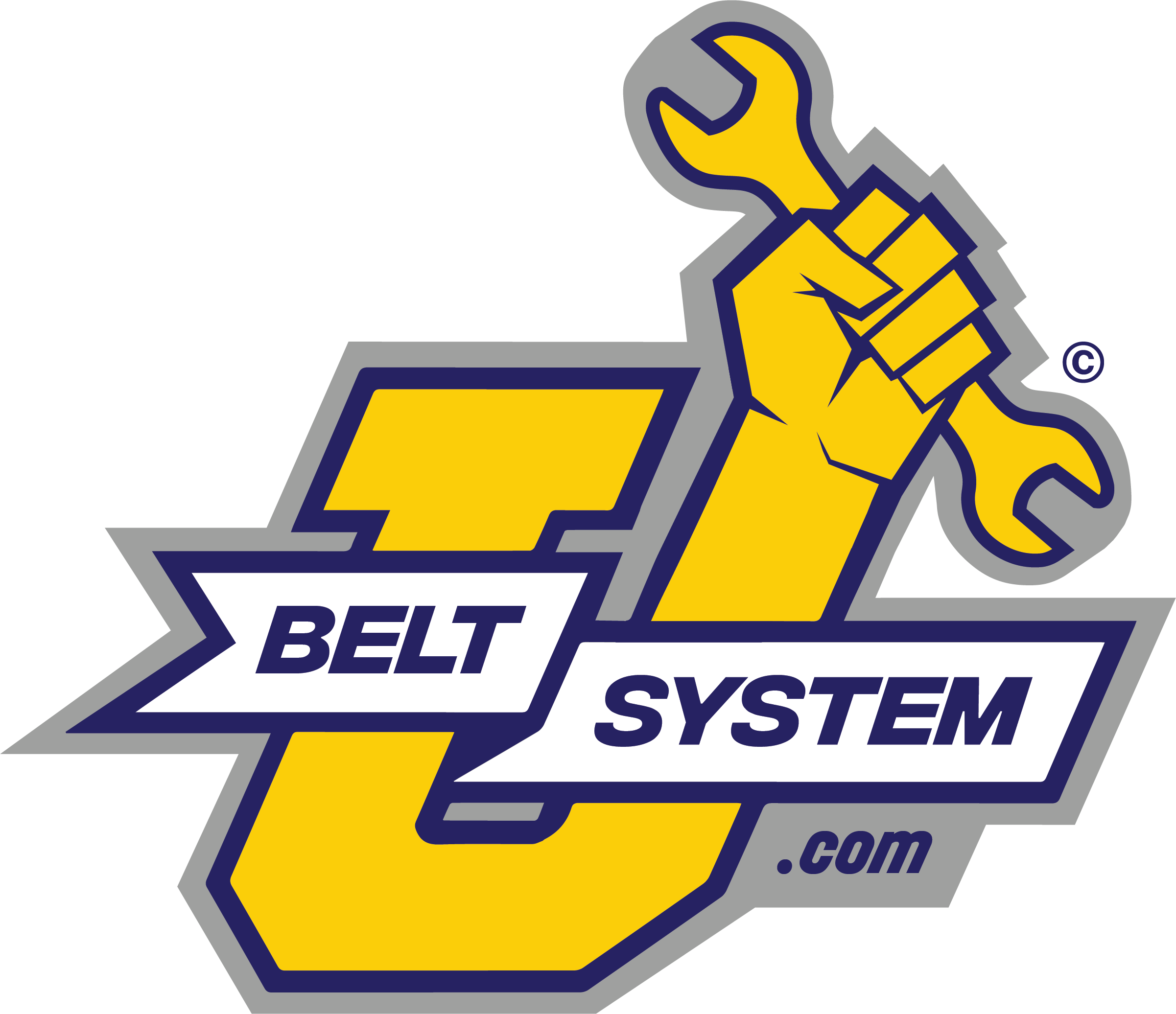There is a common misconception that idlers are exactly the same as tensioners. However, these two automotive components are not one and the same. Let’s take a look at each component and delve into their differences.
A Closer Look at Idlers
 Idlers, also known as idler pulleys, are best explained as automotive parts that direct force in either a linear or rotational system of motion. In short, this component serves a vitally important role in the automobile’s belt system functionality. However, idler pulleys are merely one pulley within an overarching set that ensures a vehicle’s belt system functions as it should. Idlers regulate belts that are attached to the crankshaft and generate movement in several unique engine accessories ranging from the air conditioner’s compressor to the steering pump and the alternator.
Idlers, also known as idler pulleys, are best explained as automotive parts that direct force in either a linear or rotational system of motion. In short, this component serves a vitally important role in the automobile’s belt system functionality. However, idler pulleys are merely one pulley within an overarching set that ensures a vehicle’s belt system functions as it should. Idlers regulate belts that are attached to the crankshaft and generate movement in several unique engine accessories ranging from the air conditioner’s compressor to the steering pump and the alternator.
In terms of design, the idler pulley is made of a component referred to as a sheave, which is actually a wheel with a groove that extends along the end. This pulley has braces between its supports, holding a belt that rests within the groove and extends across the roller. The crankshaft moves the wheel, generating power that in turn moves the belt, creates torque, and ensures mechanical power can be transmitted.
Unfortunately, idlers do not last forever. Like any other automotive part, the components of this piece gradually wear down as time progresses. It is possible for idler pulleys to slip after bearing devices endure wear and tear or become damaged. If the idler pulley does not function as designed, the vehicle will not run. This is precisely why it is so important to carefully inspect and change idlers when replacing the serpentine belt, ultimately ensuring the automobile is properly supported.
A Closer Look at Tensioners
 An automobile’s drive belt tensioner is best described as a diminutive component that functions in unison with the serpentine belt to guarantee each engine component is functioning as designed. Tensioners only last so long, so be sure to take a close look at this key component of your vehicle from time to time to guarantee it is set properly.
An automobile’s drive belt tensioner is best described as a diminutive component that functions in unison with the serpentine belt to guarantee each engine component is functioning as designed. Tensioners only last so long, so be sure to take a close look at this key component of your vehicle from time to time to guarantee it is set properly.
The tensioner guarantees the belt provides adequate tension while driving, ensuring the belt can move pulleys that drive components within the engine. Drive belt tension consists of the tensioner arm, the pulley, the spring, and the base. If you have to adjust the tensioner, be especially careful as failing to adjust it properly will lead to all sorts of other problems that will chew up your time and your money.
Idlers vs. Tensioners: The Main Differences Explained
The primary distinction between tensioners and idler pulleys is the presence of an adjustable bolt. Tensioners are positioned on the bolt through mounting. Idler pulleys are not mounted to an adjustable bolt. However, the differences between idler pulleys and tensioners also extend to purpose. Tensioners send pressure to belts that drive pulleys while minimizing the pressure on the belt. This is made possible through spring loading.
Alternatively, idlers spin with the overarching aim of moving belts to specific positions. However, if bearings fail, tensioner and idler pulleys both require replacement. If there is any odd noise such as a grinding or squealing sound or if either piece wobbles, it is a sign that replacement will be necessary.






